We have, likely, all experienced some form of a headache as they are very common conditions. Most people will experience them numerous times in their lives. Because of how commonplace they are though, it is often overlooked that headaches can, at times, be complicated and indicative of a more serious ailment. There are multiple different kinds of headaches and understanding where yours are stemming from can help you and your doctor determine the best way to treat them and whether they require further exploration.
What is a Headache?
While most of us are familiar with what a headache feels like, you may not know what is going on when you experience one. A headache is a pain in the head and can occur on either side of the head (or both) as well as the face. Headaches can be isolated to one spot on the head, or they can radiate from one point to another. The pain that ix experienced can vary, ranging from throbbing, sharpy stabbing, or dull constant type of pain. Since there are many difference types and causes of headaches, how headaches present can vary greatly in terms of the type of pain, location of pain, severity, or length of duration.
Types of Headaches
Research indicates that there are more than 150 known types of headaches, with some being far more prevalent and others being relatively rare. These are often broken-down in to two categories: primary and secondary.
Primary Headaches:
Primary headaches are not caused by an underlying medical condition, but rather are due to over-activity of pain sensors in the head. This can be due to hereditary genes that make a person more prone to primary headaches or, can be caused by lifestyle factors. Lifestyle factors that can contribute to these types of headaches include overextending yourself in physical activity, alcohol consumption, skipped meals, certain foods, lack of sleep, stress, smoking, ongoing poor posture, eyesight issues, etc.
Types of primary headaches (not an exhaustive list):
- Tension: this is the most common type of headache. They are mild-moderate in pain level and tend to come and go.
- Migraine: migraines are more serious in their pain level and produce a throbbing/pounding type of pain. They are also accompanied, often, by other symptoms such as nausea or vomiting, sensitivity to light, dizziness, blurry vision, etc. Migraines tend to last several hours before they start to ease.
- Cluster: cluster headaches are the next step up in terms of pain level, being the most severe. The pain is centralized around an eye and is described as a burning or piercing feeling. The pain level is very intense and difficult to manage. Like migraines, cluster headaches bring on other symptoms such as drooping of the impacted eye, tears, reddening of the eye, etc. These types of headaches tend to happen in groups (or clusters) with multiple happening within a day, each one lasting anywhere from 15 minutes to several hours. This cycle can continue for a period, sometimes up to a few weeks.
- Chronic/New Daily Persistent: these describe a pattern of headaches. The headaches themselves could be from tension, migraines, or other causes, but for them to be categorized as chronic or persistent you must experience them 15, or more, days a month for three or more months in a row. The length of the daily headaches can vary from being quite short to lasting several hours.
Since primary headaches are not related to underlying medical concerns, they often aren’t dangerous. This doesn’t mean they aren’t painful though and they can significantly impact your quality of life, so they still need to be managed.
Secondary Headaches:
In contrast to primary headaches, secondary headaches are related to an underlying medical condition. They are a symptom or a sign of something else that is going on in the body. This doesn’t necessarily mean they are all serious as some types of secondary headaches can be resolved once the underlying issue is taken care of (ex. A dehydration headache goes away once you are hydrated). Whereas others are indicative of a much more serious condition.
Types of secondary headaches that can be alleviated by tackling the underling issue (not an exhaustive list):
- Dehydration: these headaches are a result of the body being underhydrated. The headaches are often one of several other symptoms of dehydration including thirst, dizziness, dry mouth, etc. Drinking water can alleviate these headaches.
- Sinus: these headaches result from a buildup of sinuses. The pain is less generalized and is experienced in the nose, across the cheeks and forehead. The pain is deep and constant and can be described as a strong pressure. Like migraines and cluster headaches, sinus headaches come along with other symptoms, including fever, stuffy nose, congestion, etc.
- Medication Overuse: overuse of medications, particularly those intended to treat headaches or migraines, can lead to headaches. These medications are intended for short-term use, so when they are taken consistently over a long period of time, they can begin to have negative impacts, one of them being headaches.
Types of secondary headaches that are indicative of a serious issue:
- Spinal: these headaches are very intense in their pain level. While they can be treated at-home, often, ignoring these headaches can lead to serious complications. These headaches are caused by leakage of spinal fluid following a spinal tap and, if left untreated, can become life-threatening.
- Thunderclap: these headaches are named thunderclap for a good reason as the pain comes on very suddenly and very intensely (like a clap of thunder). Peak pain levels are reached within a minute and lasts for several minutes, at least. Sometimes these types of headaches can have no underlying meaning, but they can also be indicative of serious ailments such as bleeding in the brain, head injuries, severe blood pressure increases, and other complications.
Headaches Diagnosis
As discussed, while some headaches can be minor and not indicative of anything more serious, others can be a symptoms of an underlying condition. For this reason, it is important to see your doctor if your headaches persist or suddenly change in frequency or severity.
When going to your doctor, it is helpful to have as much detail as possible, so keeping a journal of your symptoms can be a good place to start. This helps them determine what may be bringing the headaches on, what makes them worse, what helps and whether there might be underlying factors.
Often lifestyle changes or mild pain relief medications may be the treatment, but in some cases further testing may be requested. This could include a CT scan or an MRI.
When You Should Seek Immediate Medical Attention
While headaches can often wait until you can see your doctor, there are some cases where you might want to seek more immediate medical care. This could be when a headache comes on very severely and suddenly and is debilitating in its pain levels, or if a headache develops following an injury to the head, or if the headache is accompanied by other symptoms such as dizziness, fever, loss of balance or falling, mental confusion, etc. In these circumstances, it is better to be safe and head to the hospital.
We hope you enjoyed our latest Health Hint!
Related Articles:
What is Cystic Fibrosis – Health Hint!
Risk Factors for Osteoporosis – Health Hint!
An Introduction to Bleeding Disorders – Health Hint!
References:
https://www.webmd.com/migraines-headaches/migraines-headaches-basics
https://www.mayoclinic.org/symptoms/headache/basics/definition/sym-20050800
https://my.clevelandclinic.org/health/diseases/9639-headaches











